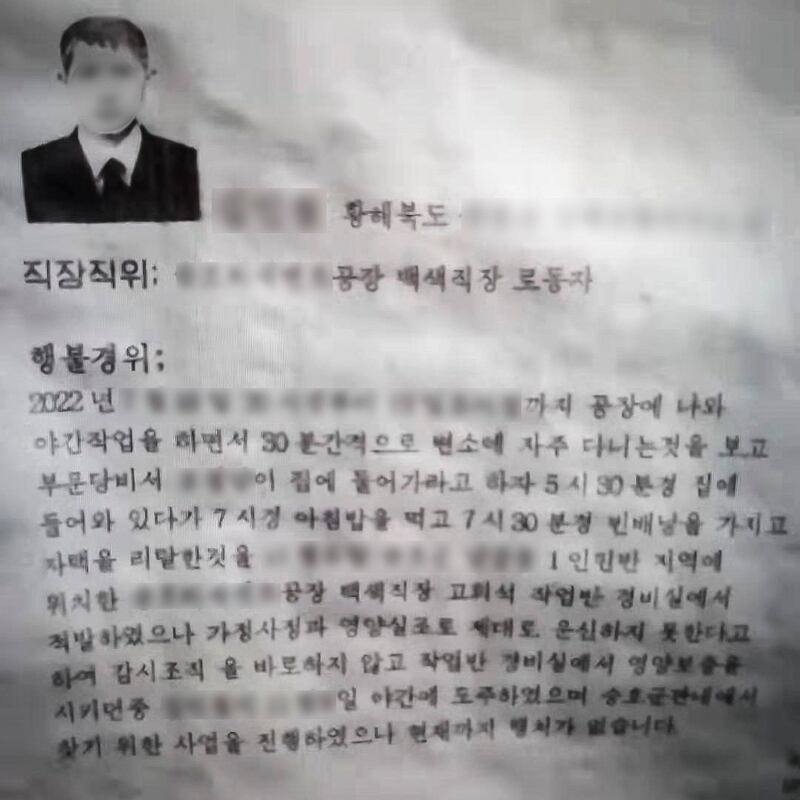As the temperature drops far below freezing in North Korea and food becomes more scarce, large numbers of people have gone missing, and sources told Radio Free Asia that some of them have either starved or frozen to death.
Temperatures in the northeastern province of North Hamgyong have fallen to at least -20 degrees Celsius (-4 degrees Fahrenheit) and homeless people are increasingly at risk from the severe conditions, a resident of the province told RFA’s Korean Service Monday on condition of anonymity for security reasons.
"We found a body yesterday morning. He probably died the night before," said the source. "I saw the body, a dead boy, his clothes were in tatters and his belly was exposed. The dead bodies of kotjebi keep appearing."
Kotjebi, or flower swallows, are homeless beggar children who, like the birds of their namesake, wander from place to place in search of food. The source said that food shortages increase the number of kotjebi on the streets of many cities.
“The kotjebi go here and there, begging and stealing in crowded places like train stations, and many of them are found dead these days,” the source said.
Kotjebi first appeared in large numbers during the 1994-1998 North Korean famine that by some estimates killed more than 2 million people, or 10% of the country's population.
The government has tried to deal with the problem by setting up shelters for them.
“The police ordered citizens to report any kotjebi to the shelter, because they are damaging to the socialist vision,” the source said. “But residents say that if they want to decrease the numbers of kotjebi, they need to first solve the food shortage.
“Socialist vision doesn’t mean anything to people who are on the brink of starvation due to lack of food,” he said, adding that even if they send them to the shelters, they will likely die anyway.
“There is no food there. The shelters cannot even feed them and they just lock them in cold rooms. They are likely to starve or freeze to death there,” the source said.

The cold weather is not only detrimental to homeless children on the streets. Even the employed are deserting their homes and workplaces to subsist on hunting and fishing in remote areas because they cannot afford to buy food, and many of these people have gone missing, according to an official of a judicial agency in North Hwanghae province, south of Pyongyang.
“In response, the judicial authorities are distributing leaflets … to the police department and the neighborhood watch units in each region, saying they are looking for missing residents,” said the official, who declined to be named.
One worker surnamed Kim, who was suffering from malnutrition, left his home in July and went missing in October, the official source said.
“The county’s social security department designated five missing people, including Kim, as wanted persons,” the second source said. “The social security department … is treating this person, who can’t even walk well, as a criminal for suddenly disappearing.”
The official said that even though many of these people are actually searching for food in the wild, the authorities label them criminals, claiming that they are trying to escape across the border to China.
The wanted lists are first sent to the areas of the country near the border, he said.
“Authorities say they are asking for the cooperation of residents to ensure social safety,” the official said.
“However, residents who see the wanted list know that these are just people who go to remote areas to avoid starving to death.”
Translated by Leejin J. Chung. Written in English by Eugene Whong.
